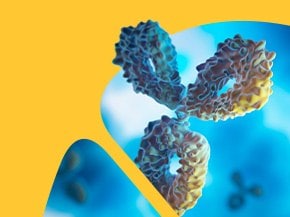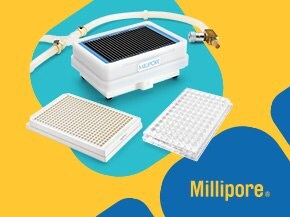Zaloguj się, aby otrzymywać spersonalizowane rekomendacje na podstawie swoich preferencji
Witamy w witrynie Merck
Sprawdź nasze promocje i zamawiaj produkty w atrakcyjnych cenach.
Odwiedź naszą stronę wsparcia lub
zadzwoń pod numer (+48) 61 829 01 00
Najpopularniejsze kategorie
Zapraszamy do rejestracji:
- Warsztaty praktyczne online
- Szkolenia aplikacyjne online
Dołącz do nas, bądź zawsze na bieżąco z informacjami potrzebnymi w codziennej pracy w laboratorium.
Poznaj nasz zespół. Dowiedz się więcej o Merck Life Science Sp. z o.o.
Odkryj najnowsze funkcje naszej strony internetowej i popraw swoje doświadczenia z Merck.
Poznaj nasze marki
Firma Merck oferuje usługi konsultacyjne, których celem jest pomoc klientom w optymalizacji ich procesów oraz rozwiązywaniu skomplikowanych problemów związanych z badaniami w dziedzinie nauk przyrodniczych, produkcją środków biologicznych oraz badaniami analitycznymi.
Wyroby do preparacji, separacji, filtracji i monitorowania
Materiały laboratoryjne i produkcyjne
Rozwiązania w zakresie surowców farmaceutycznych i biofarmaceutycznych
Produkty analityczne
Lab Water Solutions
Rozwiązania w zakresie surowców farmaceutycznych i biofarmaceutycznych
Zaloguj się lub utwórz konto, aby kontynuować.
Nie masz konta użytkownika?


























